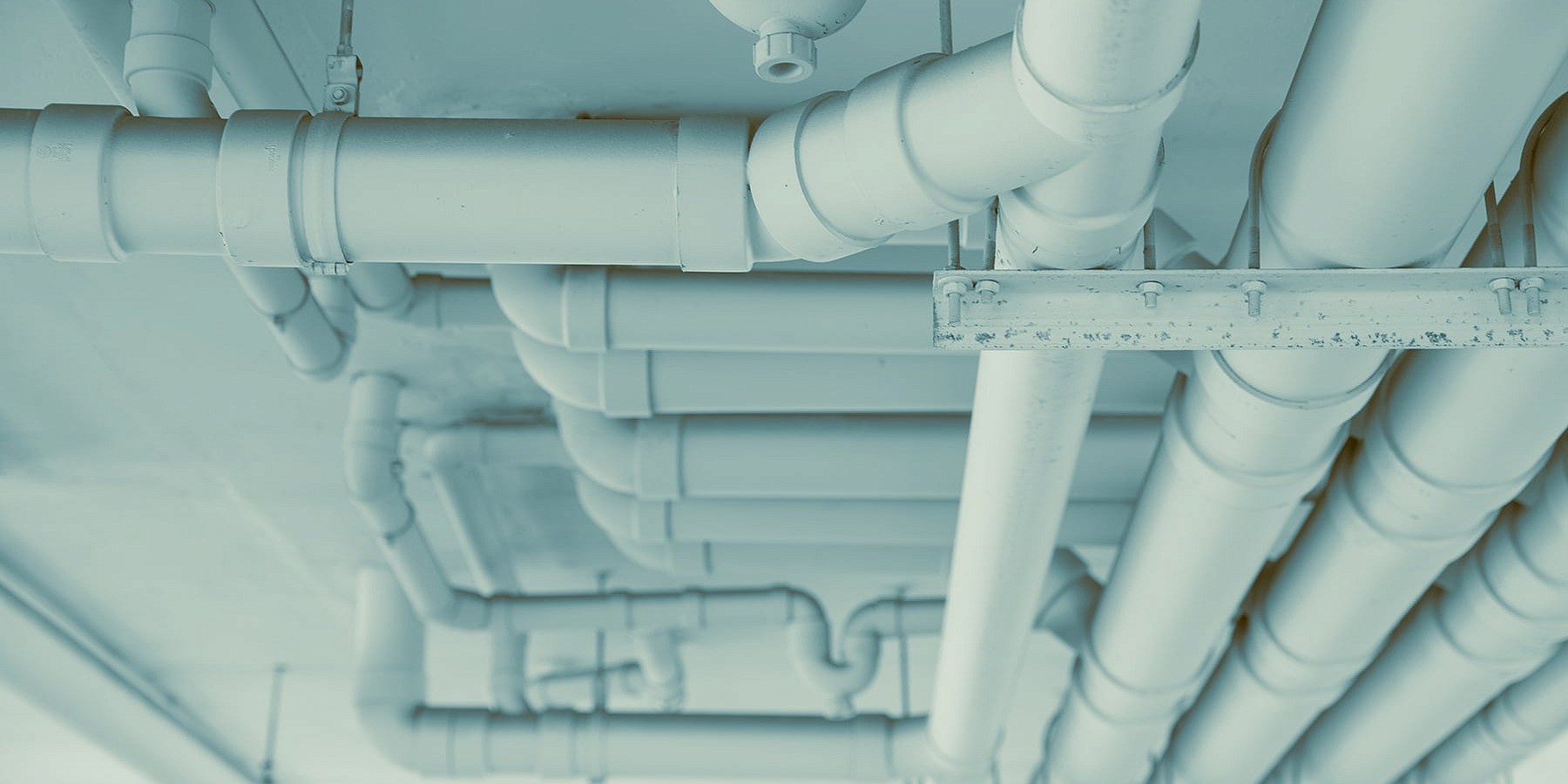The lymphatic network at glance
The lymphatic system is part of the immune system, and its job is to keep our body's fluid levels balanced while defending against infections and illness.
A network of vessels, tissues, organs, and glands work together to do its job.
The lymphatic vessels are one-way vessels that connect to over 800 lymph nodes in the body, primarily in the neck, groin, armpits, abdomen, and chest.
The lymphatic system’s most significant vessel is the thoracic duct, which starts at the 12th thoracic vertebrae and collects lymph from the pelvis, abdomen, and lower chest. The duct runs up through the chest and empties into the blood through the subclavian and jugular vein in the neck region. The intricate lymphatic system comprises many vessels that ultimately drain lymph into the thoracic or right thoracic duct.
Other organs and tissues that are vital to the lymph system include: bone marrow; thymus gland; tonsils; thyroid; and appendix.
Lymph nodes
The lymphatic vessels, tissues, organs, and glands drain lymph from throughout the body via lymph nodes. They create T-cells, lymphocytes and B-cells, which help the body fight viruses, bacteria and fungi.
B-cells make antibodies that stop infections from spreading by trapping and destroying the disease-causing germs.
Lymph nodes can swell and hurt, such as when fighting an allergy or a sore throat. And just like a cold or sore throat, there are steps you can take to help your lymph nodes feel and perform better.
Lymph fluid
The lymphatic fluid comprises white blood cells, fats and proteins from digestion, inflammatory waste, hormones, and other substances. This fluid leaks out of tiny blood capillaries into the body tissues. The lymphatic system’s job is to drain the fluid and send it to the nodes.
Movement of the lymphatic fluid occurs with breathing, muscle and joint movement, exercise, compression, and manual pressure like massage.
In a healthy lymphatic system, the nodes naturally clean fluid and recirculate it back into the blood, or the body eliminates it as waste.
However, the lymphatic system can be overwhelmed and not drain properly due to many reasons, including:
- When fighting off an infection
- Due to injury
- Because of an impaired lymphatic system
Chronic inflammation leads to tissue and skin changes, swelling, and more if not managed.
Using MLD massage to move fluid and improve your health
Manual lymphatic drainage (MLD) uses specific strokes and circular hand motions to stimulate the superficial lymphatic vessels to contract more frequently throughout the body.
The technique is gentle and repetitive, creating a wave-like motion toward the nearest group of lymph nodes.
MLD can benefit individuals for many reasons, including, but not limited to:
- Supporting lymphedema and chronic swelling
- Providing post-op surgical care for managing swelling and the various stages of healing
- Helping with fluid homeostasis related to hormonal changes
- Managing rheumatoid joint pain
- Sinusitis and allergies
- and more!
Boost Your Immune System with MLD Massage
Are you experiencing swelling, inflammation, or lymphedema? A MLD massage is a supportive technique that helps your lymphatic system perform optimally.
